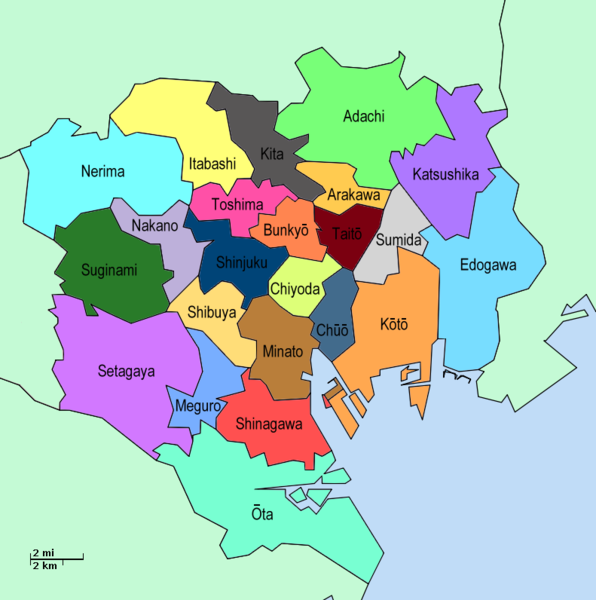I'd like to say that last night I fought a fierce battle between updating the blog and just going to sleep but that unfortunately wouldn't be true. I fell asleep on my bed around 1 without a remotely blog-related thought in my head. To be fair though, nothing's really changed much.
So let's see what might have possibly popped up in the news. It's really very fascinating actually because you hear reports of them having been stabilized, but yet not safe. So it's really rather odd.
Anyway, back to the point. It seems like 3 workers were injured the other day due to being exposed to 10,000 times the normal dose. What they were trying to do was go to an underground level in one of the turbines. Unfortunately, the cooling water which we all know is radioactive has leaked to these levels as well. This means that workers just can't go down to try to fix it. They have to find other ways to deal with the problem.
So, what are other ways? Mainly, the injection of freshwater instead of saltwater to the reactors. I know, I know. Didn't we specifically use for a reason? Yes, but now we have freshwater again, so we're going to use that. Obviously I'm not expert, but from what I understand with my non-nuclear physicist-type brain, the salt can build up on the fuel rods and the container itself. This leads to not only some fairly serious corrosion issues, but also the threat of increasing the heat of the reactors because of a sort of salt casing.
TEPCO and the government are suffering from some accusations that the situation has been handled properly. That's obviously subjective, and I'm not going into that.
Radiation levels in Tokyo's tap water are back down.
Figured out this one again the other day because the U.S. news does not differentiate between cities and prefectures in Japan. It is true that people are being urged in the Tokyo prefecture to leave, but this is not necessarily extending to the city of Tokyo. Understand though that this is still not an order. Citizens were encouraged to leave before, but as some may remember from the whole Katrina fiasco in the States, people don't always listen to suggestions. Therefore, although it is not required for these people to leave, they have been asked once again to leave the area for safety precautions.
For the sake of understanding what's going on, let's refer to a little map of Tokyo. This is 東京都 (Toukyou-to) the Tokyo metropolitan area. It has 23 wards. These wards are big. When I say big, I mean, quite huge actually. Each of these can practically be considered a city in and of themselves. And in fact they are. They govern themselves, and they have all the statuses of a city. The only difference is that the water, electricity, emergency personnel, sewage, etc. are handled by the Tokyo Metropolitan Government. Therefore, although they are cities, they are also not. For practicalities sake, all of these can be considered wards 区 (-ku) of the major Tokyo metropolitan area. The heart of the city is focused in Shinjuku, Shibuya, Chiyoda, Minato, and Chuuou.
To the west of the 23 wards, are numerous cities, towns etc. They can collectively be called the Tama region. These are all considered to be in the prefecture of Tokyo.
Finally, further west than this is the district of Nishitama. Most of this land is mountainous and uninhabitable. It comprises just three towns: Hinode, Mizuho, and Okutama. It also includes the village of Hinohara.
Tokyo also includes several islands. I'm not going to go into them. It will take me all day, and to be honest, it's not my specialty.
Hopefully this will clear things up a bit.
Michelle


No comments:
Post a Comment